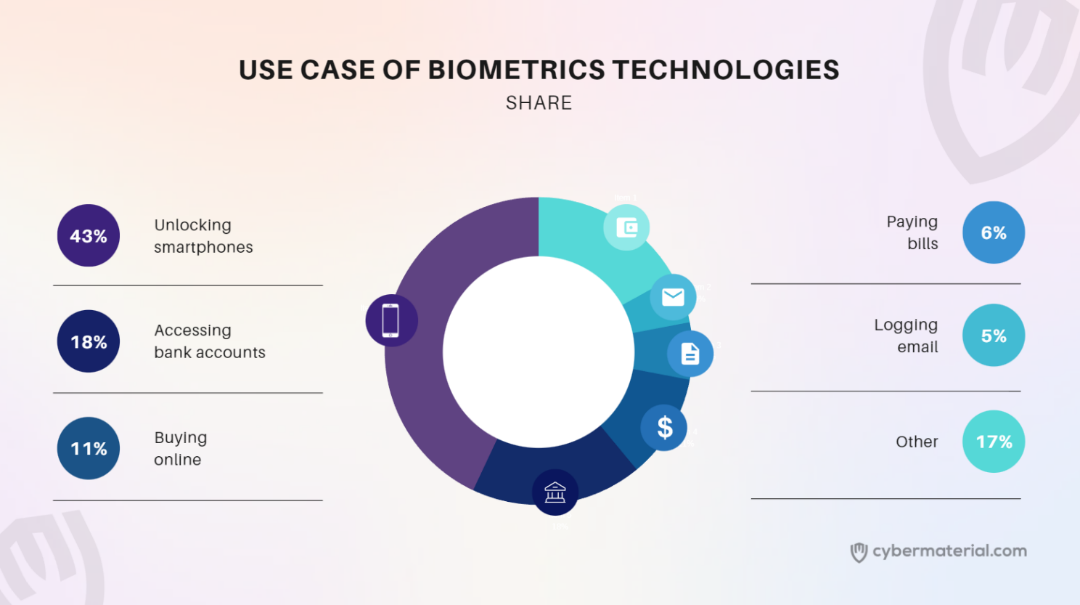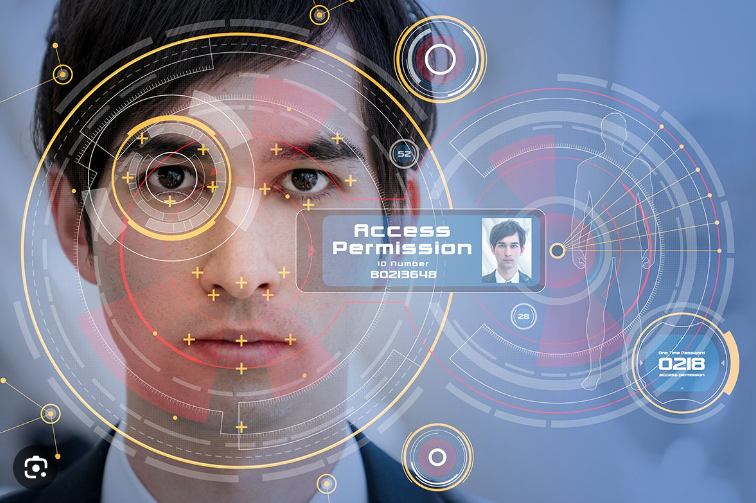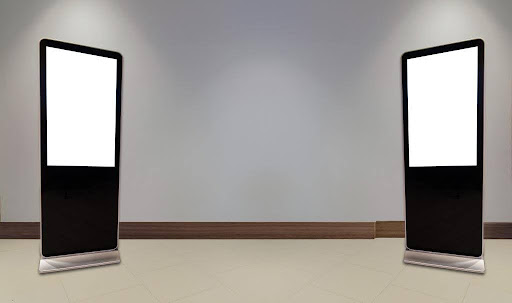Not long ago, passwords and PINs were the only way we could protect our personal information and accounts. But these methods have flaws – passwords can be guessed or stolen, and PINs can be seen over one’s shoulder. This created a need for more secure methods of authentication. Enter biometrics! Using unique physical characteristics like fingerprints and facial patterns, Biometric Authentication provides a much more reliable way to confirm identity. Unlike passwords, our biometrics are always with us and hard for others to copy.
In this article, we’ll discuss what Biometric Authentication is, its use cases, and the benefits of Biometric Authentication. It’s going to be an interesting one, so stick around!
Table of Contents
What Is Biometric Authentication?
Biometric Authentication refers to automated methods of recognizing and verifying an individual’s identity using unique physiological or behavioral characteristics. These characteristics, known as biometrics, include fingerprints, facial patterns, iris scans, voice recognition, etc.
Biometric Authentication systems capture and analyze these characteristics using scanning devices and advanced algorithms. They match the biometric data against stored templates for that user to reliably confirm their identity before granting access to devices or online accounts. Biometric Authentication provides a convenient and highly secure alternative to traditional knowledge-based methods like passwords and PINs.
With biometrics providing such a reliable method of confirming we are who we claim to be, it was only natural that this technology would become widely adopted. Today, Biometric Authentication is being used in a variety of useful applications across industries. Let’s look at the key use cases of Biometric Authentication.
Use Cases Of Biometric Authentication
With biometrics making their way into our smartphones and laptops, it’s no surprise they’re being implemented by various industries for authentication as well. Here are some of the key use cases:
-
Mobile Banking
Fingerprint and facial recognition technologies are revolutionizing the mobile banking experience. Instead of having to remember complicated passwords or type in account numbers, a quick fingertip scan or smile to your phone’s camera allows convenient, secure access to your finances on the go. No more authentication headaches – biometrics make accessing your bank accounts as easy as tapping your phone screen!
-
Facility Access
Offices, data centers, and other facilities are increasingly adopting biometric systems like fingerprint scanners and facial recognition cameras for access control. They are upgrading from keycards to fingerprint and palm readers. This provides an added layer of security over traditional card-based access and improves convenience for employees.

-
Online Retail
Online shopping allows us to make purchases from the comfort of our homes. But how can retailers confirm our identity without seeing the ID in person? That’s where biometrics comes in. Companies are integrating fingerprint, facial, and voice recognition to seamlessly verify customers during online checkout. This not only enhances the security but also ensures that only authorized account holders can make purchases.
-
Healthcare
Protecting patients’ electronic health records has always been a top priority for healthcare providers. With advanced biometrics like iris scans and fingerprint readers, hospitals and clinics can confidently control access to medical data. Doctors can quickly access necessary information at the wave of a hand or camera glance while keeping things fully secure. From major hospitals to small clinics, the healthcare industry is embracing biometrics to make access more convenient for authorized staff.
While biometrics are already being utilized in diverse applications to authenticate identity, implementing this technology also provides significant security advantages for enterprises and organizations. Let’s explore the keyways biometric systems can benefit company security.
Benefits Of Biometric Authentication For Enterprise Security
Here are some of the key benefits of Biometric Authentication for enterprise security:
-
Restricted Access
Biometrics allows enterprises to restrict access to sensitive areas, data, and systems to only authorized personnel. Fingerprint, retina scans, or other biometrics can be required to enter secure facilities, networks, and more.
-
Replaces Passwords:
Entering complex alphanumeric passwords or two-factor authentication codes can be cumbersome for employees. Biometrics provides fast, simple employee authentication using fingerprints or facial recognition. This enhances convenience while maintaining security.
-
Minimizes Human Errors:
No more “oops, wrong password”. People forget, misplace, or accidentally share passwords. Biometrics eliminates such risks of human error that can compromise enterprise security. Reliance on unique physical characteristics provides consistent, foolproof authentication.
-
Easy Installation:
Implementing biometric systems like fingerprint scanners or facial recognition cameras is plug-and-play simple. The technology integrates seamlessly into existing access systems across facilities and the enterprise network.
-
Enhanced Security Measures
Biometrics is a huge step up from old-school passwords or keycards that can be lost, stolen, hacked, or otherwise compromised. The unique nature of fingerprints and other biometrics makes identity fraud virtually impossible. This allows enterprises to keep their systems, facilities, and data locked down tight.
By using biometrics, enterprises can significantly upgrade their security systems and protocols, conveniently verifying employee identities, controlling access, and reducing security breach risks. Let’s wrap up by looking at what’s next for Biometric Authentication.
Conclusion: What’s Next For Biometric Authentication
By using biometrics, enterprises can significantly upgrade their security systems and protocols, conveniently verifying employee identities, controlling access, and reducing security breach risks. Let’s wrap up by looking at what’s next for Biometric Authentication.
If we go by the numbers, the global biometric technology market was valued at $34.27 billion in 2022 and is forecast to expand at a 20.4% compound annual growth rate (CAGR) from 2023 to 2030. This surging demand is fueled by expanding adoption of biometrics in consumer electronics and automotive applications.
While continuously improving to stay ahead of potential fraud, new advances like verifying identity in real-time via cameras and using new biometric markers like heartbeat patterns are emerging. Continuous re-authentication and advanced identity proofing will also help close gaps. The future promises even more secure and reliable authentication methods. One thing’s for sure – innovative options to confirm “it’s really you” are only going to get better!





